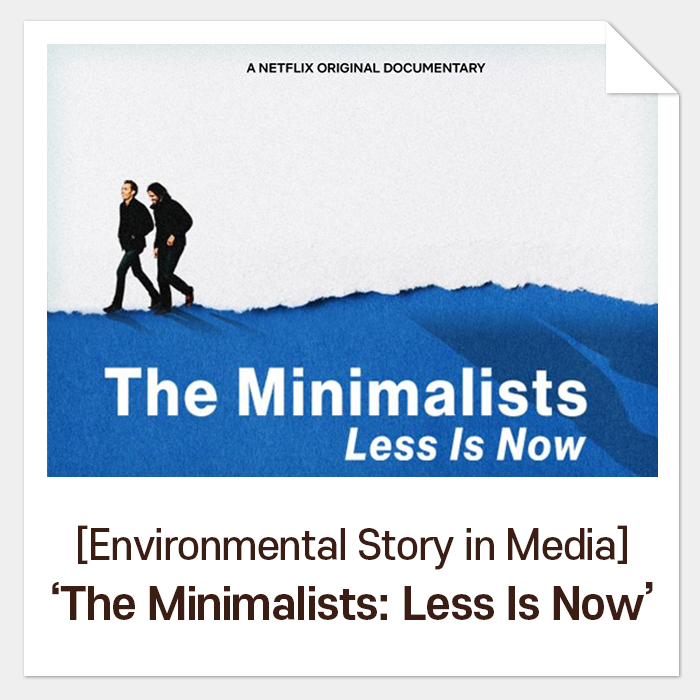Who Should Take Responsibility for Using Single—use Products for Hygiene?
Korean government
also set up a 5-year roadmap on disposables in November of 2019 and aimed to
reduce the consumption rate by 35% by 2020. While they steadily settle the
regulations accordingly, an unexpected hurdle appeared. It is COVID-19.
COVID-19
Changed Our Lives
WHO officially announced “pandemic” which refers to a disease epidemic that has spread across a large region as this novel virus seems to be highly contagious. The number of confirmed cases is 213,839 over the world and about 20,000 is added up daily. Consequently, it has brought some noticeable changes in our lives.
Most of all, good hygiene practices are emphasized. It is especially recommended to wash hands thoroughly more than 30 seconds and to wear a mask when visiting public places. Experts say that direct infection occurs through your respiratory, but also there are cases to be infected by touching mucous membrane with virus-polluted hands.
The campaign called ‘Social Distancing’ is in progress, too, encouraging people to avoid the gatherings or assembly. The Government said the following weeks ‘til April 5th would be critical to put an end of COVID-19 in Korea and appealed not to participate any educational, religious, or cultural activities. Public institutions keep their temporary closing until then. Companies set up a divider at cafeteria and postpone meetings unless urgent. Some make employers telecommute to avoid unnecessary contact.
Naturally family members stay at home longer and it contributes to enlarge a homeconomy (home+economy) market. Online service replaces outdoor consumption activities that people would purchase daily necessities, order food delivery or meal kits instead of visiting actual places.Disposable
Policy Crumbling by Fear of Infection
As mentioned
above, COVID-19 has brought many changes into our lives and it influenced on
one of the global actions greatly, the movement for reducing disposables.
In fact, single-use products have been considered rather selfish goods so far. Their values are likely evaluated by a narrow viewpoint that they are only used for convenience with hygiene excluded. Korean government proceeded policies focusing on reducing, and companies in developing environmentally friendly technology for single use packaging have been struggling. With the sudden outbreak of this novel virus disease, people started to choose disposables for hygiene, not for convenience, and we are now confronting the situation without proper preparation.
Then, what are the items in great increase?
① Primary
Packaging: Packaging in direct contact with foods (plastic, coated paper,
plastic wrap, etc.)
After the COVID-19 outbreak, many of office workers prefer a lunch box from a convenience store and families order food delivery or HMR (Home Meal Replacement). These are usually packed separately by ingredients to maintain the freshness and taste and the waste amount is surely increasing accordingly.
One of the HMR
kinds, Meal Kit especially attracts a lot of consumers. SSG.com, the online
shopping mall of Singsegae group and GS retails, reported that the sales of
relevant products have increased by 695% and 1,020% respectively compared to
the last year.
In addition, the government temporarily lifted a restriction on the use of disposable plastic cups in a cafe in a response to the coronavirus alert raised to the highest. It was to ease people’s worries and concerns over hygiene. According to Greenpeace, it was reported as many as 3.3 billion plastic cups were used in 2017 when there was no regulation applied in Korea.
②
Secondary Packaging: Packaging for maintaining freshness and preventing damage
(Styrofoam boxes, air caps, ice packs, etc.)
As the needs towards
Un-tact services increase, the amount of secondary packaging waste increases,
too. The delivered products should consider the whole distribution process and
the time it takes. Especially foods require various packaging to secure proper
temperature and other functions. Some E-commerce companies have been blamed for
excessive resource use and they are now making some environmental movements
such as using paper taper, paper bubble wraps and reusable boxes.
③ A
Disposable Dental/Surgical Mask
As Pandemic is announced, it is recommended to wear a dental/surgical mask to reduce the risk of infection. Most companies require their employers to wear it work, too. It is hard to gain the actual figure of the use of the masks in Korea, but it is expected to grow greatly, considering 5,600 masks are used in a day at a designated hospital in Daegu, Korea
When the Use
of Disposables are inevitable?
Disposables are closely linked to hygiene as well as convenience. Swine flu, MERS, SARS, and now COVID-19, these viruses continuously evolve and we have had enough experience how they can easily shake our peaceful daily lives. Experts say that these viruses can be fatal to those whose immune systems are weak and that disposables are recommended for public health and hygiene during cases.












Comments
Post a Comment